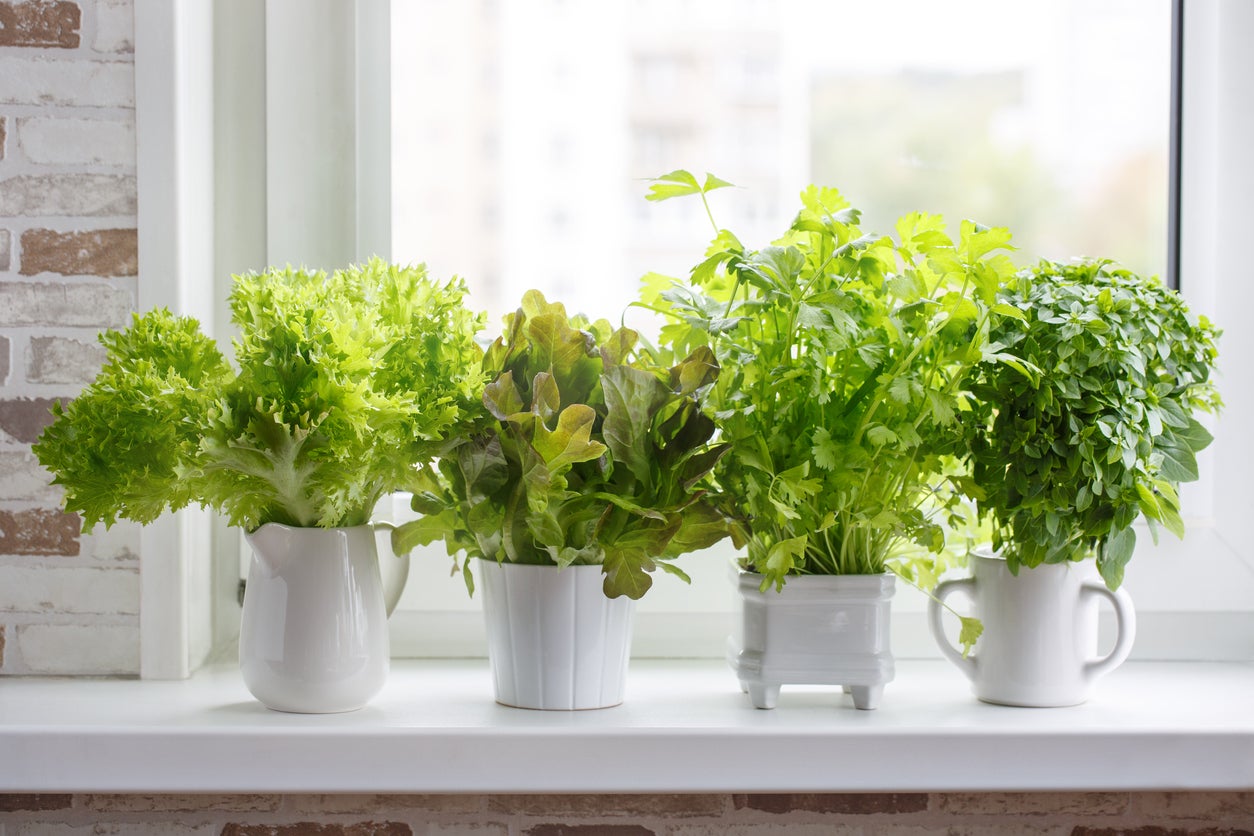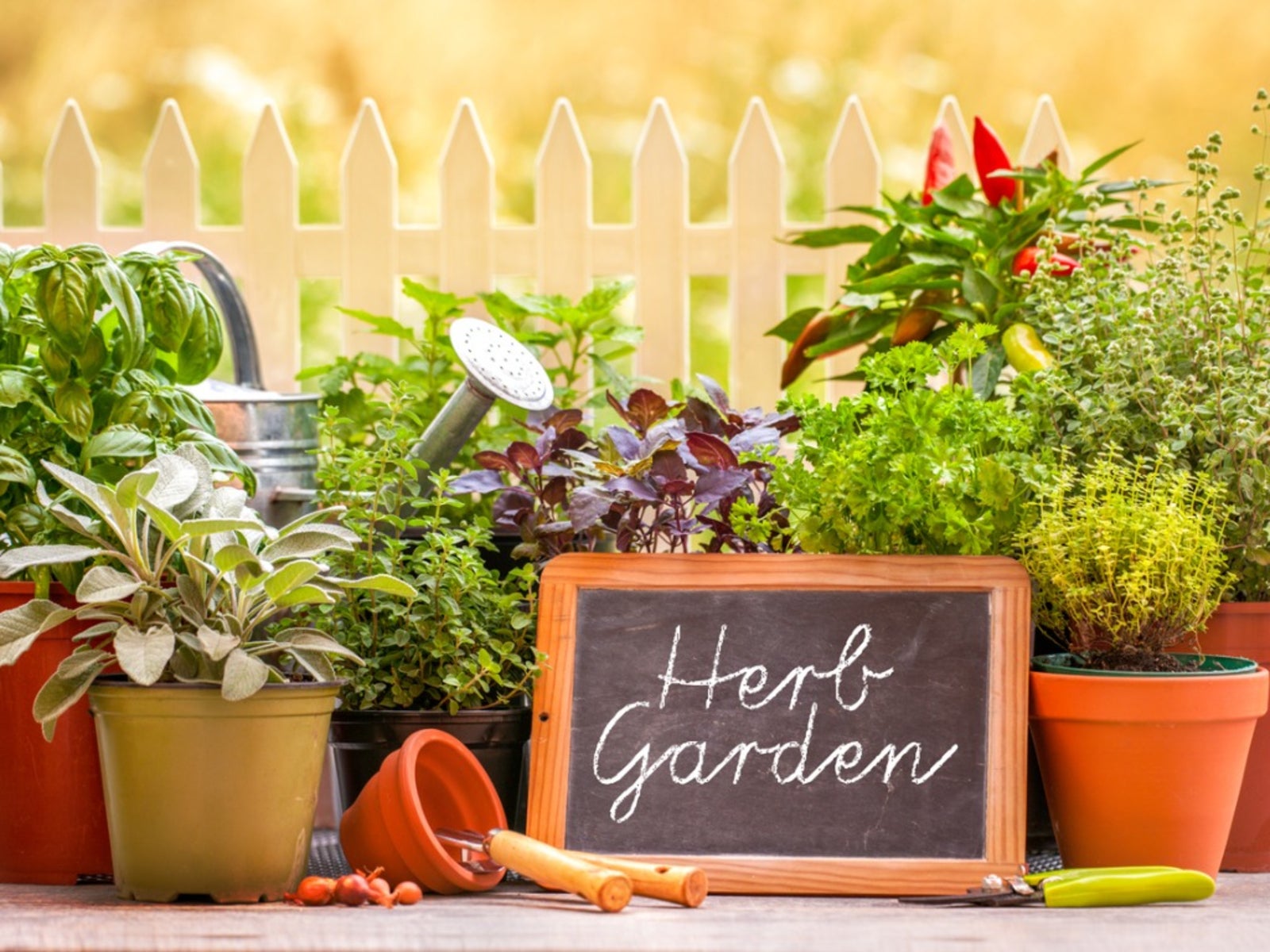Grow Herbs on Windowsill: Easy Guide

Have you ever dreamed of having fresh herbs at your fingertips, even if you live in a bustling city with no garden? Windowsill gardening is your answer. Imagine plucking a sprig of fresh basil for your pasta or a few leaves of mint for your mojito, all from the comfort of your own home. Growing herbs on your windowsill is not only a delightful hobby but also a practical way to enhance your culinary adventures. Let's dive into this easy guide on how to grow herbs on a windowsill.
Why Grow Herbs on Your Windowsill?
Windowsill gardening is the perfect solution for urban dwellers who want to enjoy the benefits of fresh herbs without the need for a large outdoor space. It's an affordable and rewarding way to bring a touch of nature into your home. Plus, indoor herbs can add a pop of color and life to your living space.
Getting Started: What You Need
Before you start your herb cultivation journey, you'll need a few essentials:
- Pots or Containers: Choose small pots or containers with good drainage.
- Soil: Use well-draining potting soil specifically designed for herbs.
- Seeds or Seedlings: Decide whether you want to start from seeds or buy small plants.
- Watering Can: A small watering can will help you control the amount of water you give your plants.
- Sunlight: A windowsill with plenty of natural light is crucial.
Choosing the Right Herbs
Not all herbs thrive indoors, so it's important to choose the right ones. Some of the best herbs for windowsill gardening include:
- Basil: Perfect for Italian dishes and salads.
- Parsley: A versatile herb that pairs well with many dishes.
- Mint: Great for teas, cocktails, and desserts.
- Thyme: Adds a savory touch to meats and stews.
- Rosemary: Ideal for roasted vegetables and meats.
Setting Up Your Windowsill Garden
Selecting the Perfect Spot
The key to successful herb care is finding the right location. A south-facing windowsill is ideal because it provides plenty of sunlight. However, east- or west-facing windows can also work well. Avoid north-facing windows, as they tend to get less light.
Preparing Your Pots
Fill your pots with potting soil, leaving enough space for the seeds or seedlings. Make sure the pots have drainage holes to prevent waterlogging, which can harm your herbs.
Planting Your Herbs
If you're starting from seeds, follow the instructions on the packet for planting depth and spacing. If you're using seedlings, gently remove them from their containers and plant them in the soil, making sure to cover the roots.
Caring for Your Indoor Herbs
Watering
Herbs generally prefer well-drained soil. Water your herbs when the top inch of soil feels dry. Overwatering can lead to root rot, so be careful not to drown your plants.
Light
Most herbs need at least 6-8 hours of sunlight per day. If your windowsill doesn't get enough light, consider using grow lights to supplement.
Temperature
Herbs prefer temperatures between 65-70°F (18-21°C) during the day and slightly cooler at night. Avoid placing your herbs near heat sources or drafty areas.
Fertilizing
Use a balanced, water-soluble fertilizer every 4-6 weeks to keep your herbs healthy and thriving. Dilute the fertilizer according to the package instructions.
Harvesting Your Herbs
Once your herbs have grown, you can start harvesting them. Pinch off the top leaves or stems to encourage bushier growth. For larger herbs like basil, you can cut entire stems.
Troubleshooting Common Issues
Yellowing Leaves
Yellowing leaves can be a sign of overwatering or underwatering. Check the soil moisture and adjust your watering schedule accordingly.
Wilting
Wilting can indicate that your herbs are not getting enough water or light. Make sure your plants are well-hydrated and receiving adequate sunlight.
Pests
Indoor herbs can attract pests like aphids and spider mites. Regularly inspect your plants and treat any infestations promptly with insecticidal soap or neem oil.
Conclusion
Growing herbs on your windowsill is a rewarding and enjoyable way to bring a touch of nature into your home. With the right care and attention, you can have a thriving indoor herb garden that provides fresh, flavorful herbs year-round. So, why not give it a try? Your taste buds and your home will thank you.
FAQs
What are the best herbs to grow on a windowsill?
- Basil, parsley, mint, thyme, and rosemary are excellent choices for windowsill gardening.
How much sunlight do indoor herbs need?
- Most herbs require at least 6-8 hours of sunlight per day. South-facing windowsills are ideal.
How often should I water my indoor herbs?
- Water your herbs when the top inch of soil feels dry. Avoid overwatering to prevent root rot.
Can I grow herbs from seeds on a windowsill?
- Yes, you can start herbs from seeds. Follow the instructions on the seed packet for planting depth and spacing.
What should I do if my herbs start to wilt?
- Wilting can be a sign of insufficient water or light. Ensure your herbs are well-hydrated and receiving adequate sunlight.


By following this easy guide, you'll be well on your way to enjoying fresh, homegrown herbs right from your windowsill. Happy gardening!
0 Response to "Grow Herbs on Windowsill: Easy Guide"
Post a Comment